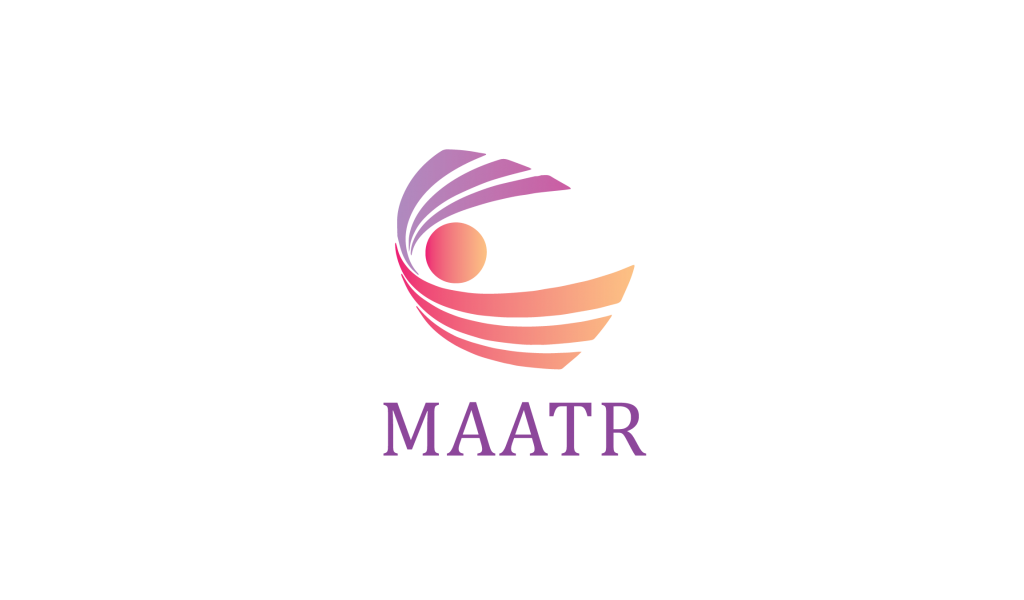Dora Metrics: The Entire Guide For Devops Groups
Importantly, DORA metrics are carefully linked to business outcomes and customer satisfaction. Organizations with greater deployment frequencies can rapidly deliver new features and enhancements, staying ahead of buyer demands and market tendencies. The third metric, Change Failure Rate, measures the proportion of deployments that lead to failures or require remediation actions, corresponding to rollbacks or hotfixes. A decrease change failure price indicates a extra steady and reliable software supply course of, reducing the risk of downtime, information loss, or customer dissatisfaction.
Incident Management Challenges And What To Do About Them
Rising applied sciences such as containerization, serverless computing, and infrastructure as code are revolutionizing software program growth and deployment. These applied sciences can immediately influence the metrics used in DORA Metrics, prompting organizations to adapt their measurement approaches accordingly. Having a excessive deployment frequency additionally permits organizations to gather real-time feedback from customers, enabling them to iterate quickly and adapt to changing market conditions. This iterative method fosters innovation and continuous enchancment, driving organizational agility and competitiveness in the digital landscape Large Language Model.
Engineering teams typically try to deploy as quickly and incessantly as possible, getting new features into the hands of customers to enhance customer retention and keep forward of the competition. More successful DevOps teams ship smaller deployments more frequently, somewhat than batching every thing up into a bigger release that is deployed throughout a fixed window. High-performing groups deploy a minimum of as soon as a week, whereas groups on the top of their sport — peak performers — deploy a quantity of instances per day.
- For example, the time a developer’s engaged on the change, that’s one bucket.
- By minimizing the impression of incidents and swiftly restoring service, they’ve earned a status for reliability and have become the go-to alternative for companies in search of uninterrupted cloud providers.
- Lead time for adjustments measures the average pace at which the DevOps group delivers code, from commitment to deployment.
Lead Time For Changes:
The fourth and ultimate DORA metric is change failure fee (CFR), which is a calculation designed to quantify the share of deployments that caused a failure in production. CFR is set by dividing the number of incidents by the total number of deployments. Lastly, from a product administration perspective, they provide insight into how and when improvement teams can meet buyer needs.
Moreover, DORA Metrics serve as a catalyst for fostering a tradition of learning and experimentation within teams. These 4 metrics are meant for use together to know and monitor the quality of your team’s execution. Two metrics (deploy frequency and lead time) allow you to monitor supply speed, whereas the opposite two metrics (failure price and MTTR) assist you to track high quality or reliability.


Metrics must be seen as tools for steady enchancment quite than inflexible benchmarks and best practices, ensuring they promote collaboration, innovation, and an ongoing commitment to enchancment. I wrote a submit a very lengthy time in the past (in a galaxy far, far away) concerning what are the 4 dora metrics for devops metrics. Measuring deployment frequency over time may help teams identify methods to enhance their speed of supply. One perception that DORA has identified is that extra successful DevOps groups are inclined to deliver smaller deployments more frequently (as against delivering massive batches of deployments much less often). What’s essential is that the event staff desires to improve its effectiveness and use metrics to know if it is making progress in its steady improvement efforts. So give your team the tools they want to succeed in making the best modifications that can help your group obtain their targets.
Working towards autonomous improvement starts with measuring engineering velocity. So the deployment frequency metric will let you diagnose your organization’s total well being, at a glance. Drill down, and you may improve your agility by way of figuring out and optimizing the bottlenecks in your deployment throughput. Your organization’s DORA Metrics will give you key insights into the areas of your software improvement pipeline that need to enhance.
Moreover, the significance of DORA Metrics extends beyond simply performance analysis. It serves as a common language for groups to communicate and collaborate effectively, aligning their efforts in path of shared goals and objectives. This shared understanding facilitated by DORA Metrics fosters a culture of continuous improvement and innovation within organizations, driving them towards higher success in the aggressive landscape of software program growth. In this manner, CFR serves as a critical counterpoint to other DORA metrics, which focus on pace (i.e., deployment frequency and lead time for changes). Deploying incessantly is great, however not if that means consistently sacrificing quality—and then having to dedicate time to fixes. Analyzing CFR may help leaders make certain that teams are optimizing for each stability and throughput.
The time to restore service is a critical metric that assesses a corporation’s capability to recover from service disruptions or incidents. Organizations with shorter restoration instances can decrease downtime and mitigate the influence of downtime on their clients and enterprise operations. Focusing solely on rising deployment frequency with out, for example, monitoring change failure fee can outcome in unstable releases. The true worth of DORA metrics lies in understanding them together—as a balanced reflection of both velocity and reliability. One of the most frequent pitfalls is mistaking DORA metrics for efficiency targets somewhat than studying tools.
DORA Metrics offers organizations with a standardized way to measure their software delivery efficiency, enabling them to determine bottlenecks, cut back cycle occasions, and improve total efficiency. By adopting DORA Metrics, organizations can acquire insights into their current practices and make data-driven selections to reinforce their software growth capabilities. Corporations can check with business benchmarks such because the Speed Up State of DevOps report, which supplies detailed insights into high- and low-performer metrics across varied industries. The DevOps Research and Assessment (DORA) group has also established requirements for measuring metrics like deployment frequency, lead time, restore service, and alter https://www.globalcloudteam.com/ failure price.
These benchmarks help corporations assess their efficiency and determine areas for enchancment in software program supply and growth practices. By leveraging DORA Metrics, organizations could make data-driven choices and achieve high ranges of effectivity and effectiveness of their software program delivery processes. DORA Metrics, short for DevOps Research and Assessment Metrics, is a set of quantitative measures that organizations can use to judge and improve their software growth and supply processes. It offers a framework for assessing key elements of software delivery performance and identifying areas for improvement. In this comprehensive information, we will delve into the varied features of DORA Metrics, its origin, significance, key components, implementation steps, and its role in DevOps. These 4 metrics—deployment frequency, lead time for modifications, change failure price, and mean time to restore service—offer engineers a data-driven method to understanding and bettering software delivery.
